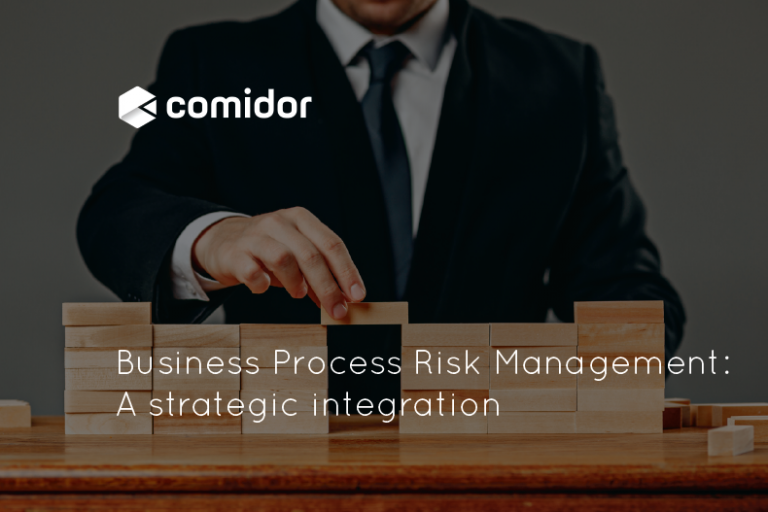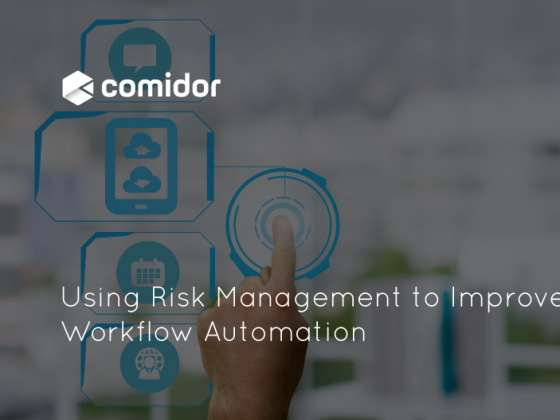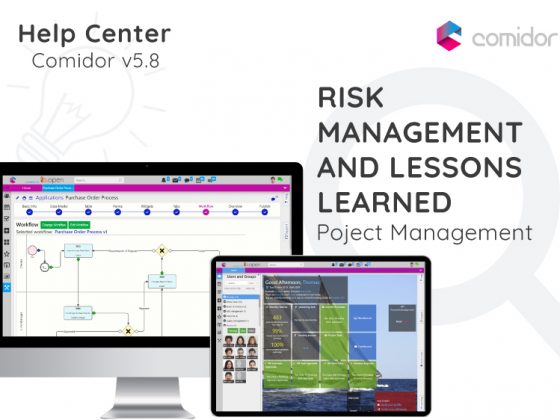The effectiveness of your business processes depends on how you manage risk. Your company faces the challenge of performing its business processes efficiently and effectively while guaranteeing continuous operation. The need to manage risk proactively has increased in recent years due to several factors. These include the growing number of cyber-attacks and high-profile business failures.
According to PwC, 80% of your business processes put your business at risk. These processes might follow a straightforward path and appear immune to threats, but when risk arises, they will undoubtedly crumble. Therefore, you should have a clear picture of the business processes that operate at the heart of your organization’s risk management efforts.
Incorporating risk management into your business processes helps you to identify threats that exist in your business environment. Likewise, it enables you to mitigate potential risks preemptively. When you fail to integrate risk management and business processes, your business faces heavy losses since risks will blindside the management team.
The Nexus Between Risk and Business Processes
Risk management and business processes ought to be integrated because risk derails your business processes. Generally, the concepts of risk, controls, and procedures are well-known across the business process management community. The difficulty that many businesses face is to document business processes and manage risk.
Often, process teams focus on tracking and documenting what is going to happen. However, most teams fail to document the checks and balances that are in place to mitigate risk. They fail to consider what might go wrong, or what should happen when processes break down. Consequently, management teams end up failing to understand the level of risk linked with particular business processes.
Ideally, C-suite executives and other senior managers need this information to get a picture of the risks associated with different business processes and how to manage them. When this happens, decisions made at the management level won’t consider the impact of risk on business processes.
Integrating risk management with your business processes has numerous advantages, including:
- Better and more accurate recommendations on IT risk management
- Better-quality IT risk management, with respect to mitigating risks that hamper your business processes
- Better protection against catastrophic incidents emanating from weaknesses in your business processes
- Ease of compliance with IT governance frameworks and regulations
- Competitive advantage within your industry
What Could Put Your Business Processes at Risk?
Having unmitigated risks within your business processes can lead to significant consequences. Some of the things that could put your business processes at risk include:
- Failure to follow standard procedures
- Employees and other stakeholders failing to know about your business processes
- The management’s failure to anticipate risk
- Insufficient controls embedded in your business processes
Even though you cannot make all your business processes immune to risk, mapping out your operations and the threats therein will help you know what to do when threats arise.
Business Process Risk Management
In its purest form, risk management is a business process that helps you to identity, evaluate, monitor, and mitigate risks that are present in your business environment. Organizations of all sizes should practice business process risk management.
It’s also advisable to incorporate enterprise risk management (ERM) into your business processes. ERM is a domain of risk management that primarily deals with the financial, regulatory, market, and environmental risks that your company faces. It helps to streamline your business process risk management strategy.
Why Risk Management is the Foundation of Your Business Processes
Risk management is done to identify risk vulnerabilities and for compliance purposes. If done effectively, it helps you meet your performance goals. All operations at your organization occur within the confines of defined business processes. This includes risk management, which enables you to identify threats and design appropriate controls.
It’s one thing to identify risk and design processes for mitigating the risk. However, ensuring that the mitigation process gets executed is another thing altogether. Your business processes should get aligned with your risk management efforts for you to achieve your business objectives.
Risk management includes activities for evaluating risk vulnerabilities, adhering to compliance standards, setting performance deals, and establishing standard operating procedures. The nature of individual business procedures should contextualize business process risk management
Risk management plays a significant role in the success of your business processes. Conversely, having poor control over your business processes leads to risk. Since the two concepts relate, it’s essential to consider them when making business decisions.
Conclusion
Integrating business processes with risk management helps you to develop strategies for streamlining all activities that occur within your organization. It also helps you to anticipate and mitigate any risk that you might face. This integration is the perfect answer to all your risk management challenges and allows you to focus on other critical tasks such as business expansion.
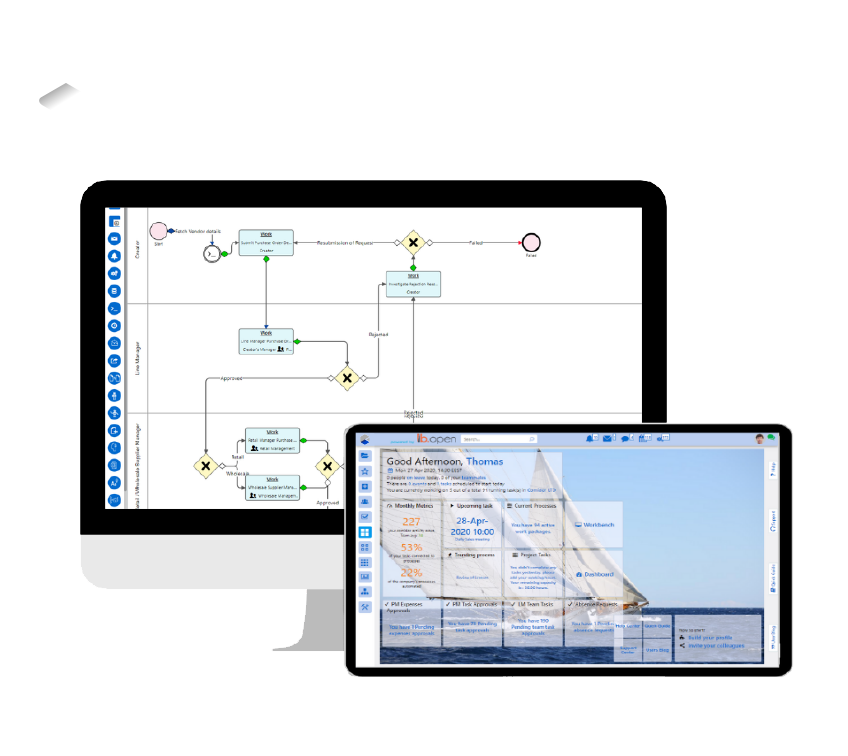
Are you interested in learning more about Business Process Management?
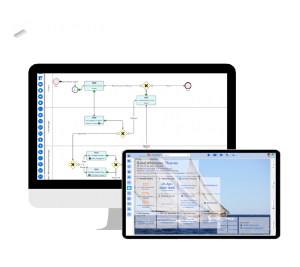
Are you interested in learning more about Business Process Automation?


